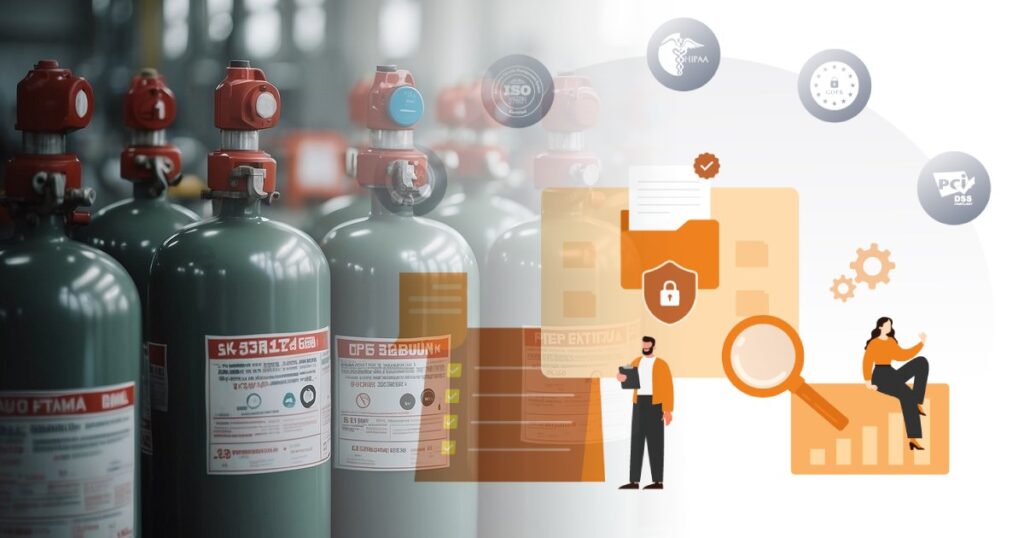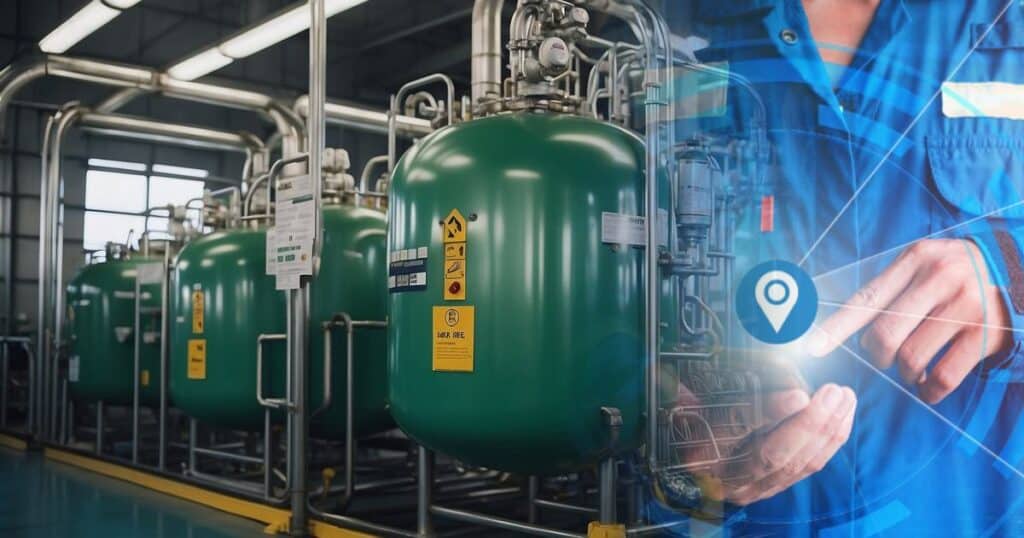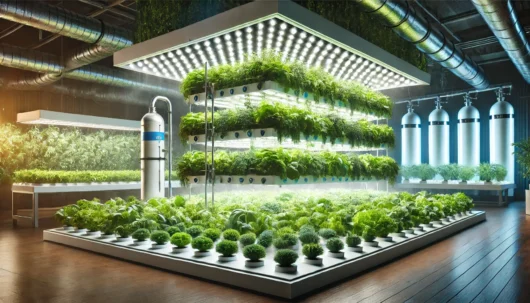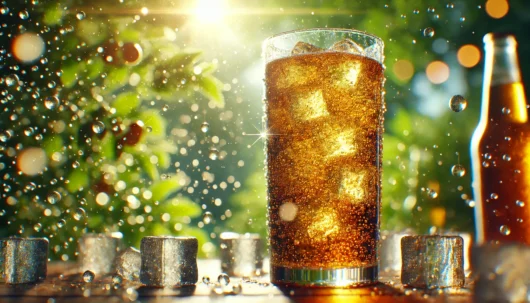When it comes to the food and beverage industry, safety and quality are non-negotiable. You might already be aware that food grade gases like carbon dioxide and nitrogen are pivotal in processing and preserving a wide array of products. However, the safety standards regulating these gases are critical to ensuring your food remains uncontaminated and safe to consume. These standards ensure that food grade gases meet strict purity requirements and that handlers manage them in a way that does not compromise food safety.
Regulatory compliance is just as crucial as safety standards. Your adherence to these regulations guarantees that using food grade gases is beneficial rather than detrimental. This includes following industry guidelines, such as those outlined by the Food Safety Modernization Act (FSMA), and ensuring that equipment and processes meet Good Manufacturing Practice (GMP) standards. By complying with these frameworks, you contribute to the high level of trust consumers place in the safety and quality of their food.
Key Takeaways
- Food grade gases must adhere to rigorous safety and purity standards.
- Regulations like FSMA and GMP standards are essential for compliance.
- Proper management and application of food grade gases preserve food quality and safety.
Regulatory Framework and Compliance

Food grade gases are subject to stringent regulations to ensure your safety. You must comprehend the legal obligations and adhere to the safety standards established by authoritative bodies overseeing food safety.
Legal Regulations for Food Grade Gases
The Food and Drug Administration (FDA) sets forth specific regulations for carbon dioxide and other food grade gases, classifying them under various parts of Title 21. As a manufacturer or user of food grade gases, you must navigate these regulations to ensure that the gases meet purity standards and are safe for consumption. Legislative texts outline the production, handling, and application of food gases, ensuring the safety of both the product and the end consumer.
Compliance with Food Safety Standards
To maintain compliance, you must rigorously adhere to food safety standards, encompassing good manufacturing practices, documentation, and consistent quality controls. International regulations, such as those by the International Society of Beverage Technologists (ISBT) and ISO standards, also play a crucial role. Continuous monitoring for compliance ensures that food grade gases like CO2, utilized in carbonated beverages, maintain the highest safety and quality levels.
Good Manufacturing Practices (GMP)
Good Manufacturing Practices (GMP) are critical components of regulatory compliance. They ensure the production of food-grade gases in a manner that meets safety requirements, thus mitigating risks to food quality. The FDA’s guidelines for GMP include protocols for:
- Equipment cleanliness
- Personnel hygiene
- Adequate record-keeping
By following GMP, you ensure that your operations uphold the highest food safety standards, ultimately protecting public health and maintaining consumer trust.
Food Grade Gas Applications and Management

Utilizing food grade gases plays a crucial role in the safety and longevity of consumable goods. Understanding their applications and management is essential for meeting stringent safety standards.
Food Processing and Preservation
Food grade gases, such as carbon dioxide (CO2), nitrogen (N2), and oxygen (O2), are integral in food processing and preservation. To increase the shelf life of products by inhibiting bacterial growth, people widely use carbon dioxide. Nitrogen, an inert gas, is often utilized to displace oxygen in packaging, reducing the oxidation rate, a common cause of spoilage. In beverage production, carbon dioxide provides the effervescence in carbonated beverages, while oxygen can promote or inhibit oxidation in certain foodstuffs.
Packaging Technologies
Modified Atmosphere Packaging (MAP) leverages the properties of food grade gases like CO2, N2, oxygen, and argon and gas mixtures to extend the shelf life of perishable goods. The right balance of these gases forms modified atmospheres that slow down degradation processes. Ensuring the correct gas composition is critical to maintaining product quality and freshness during packaging.
Handling and Storage Requirements
Proper handling and storage of food grade gases are vital to ensure safety and compliance with industry regulations. Cylinders and tanks must be dedicated to food service and conform to Good Manufacturing Practice (GMP) standards. An effective traceability system must be in place to ensure food safety management and maintain a history of the gas production filling process. The supply chain follows Hazard Analysis and Critical Control Points (HACCP) principles. Storage areas for gas cylinders should be well-ventilated, temperature-controlled, and comply with safety standards to prevent contamination or deterioration of the food grade gases.
You must know the Food Safety Modernization Act (FSMA) and purity specifications to manage these gases. This ensures safety and quality from production to when the gases contact food products, whether for freezing, chilling or as a processing aid.
Frequently Asked Questions
Ensuring that food grade gases meet strict safety standards is essential for maintaining food safety and quality. Below are some focused answers to your common questions regarding the specifications, differences, uses, and safety guidelines for food grade gases.
What are the requirements and specifications for food grade CO2 per FDA regulations?
Food grade CO2 must conform to the specifications of the Food Chemicals Codex and be produced to make it suitable for food and beverage use. This includes limits on contaminants and a certificate of analysis to ensure compliance.
How does food grade CO2 differ from industrial-grade CO2 in purity and applications?
Food grade CO2 has lower impurities levels than industrial grade CO2, adhering to regulations suitable for consumption. Its applications include carbonating beverages and extending the shelf life of packaged foods.
What are the commonly used food-safe gases in the food industry, and what are their safety guidelines?
Common food-safe gases include carbon dioxide, nitrogen, and oxygen. Safety guidelines for these gases focus on limiting contaminants, ensuring correct handling, and adherence to food safety protocols like HACCP.
Can you list the essential safety standards applicable to beverage-grade CO2?
Beverage grade CO2 must meet stringent safety standards that govern its purity, including the absence of oil, benzene, and other harmful substances. These standards ensure the gas does not alter the taste or safety of beverages.
What standard or certification should it meet for food-grade nitrogen to be considered safe?
Food grade nitrogen should meet standards set by the Compressed Gas Association and follow guidelines like the Good Manufacturing Practice (GMP) to ensure it is safe for food packaging and preservation.
Where can one find comprehensive information on the safety standards for various food grade gases?
Comprehensive information on the safety standards for food grade gases can be found in industry publications, such as guidelines by the European Industrial Gases Association, which detail the specifications and regulations surrounding food grade gases.


